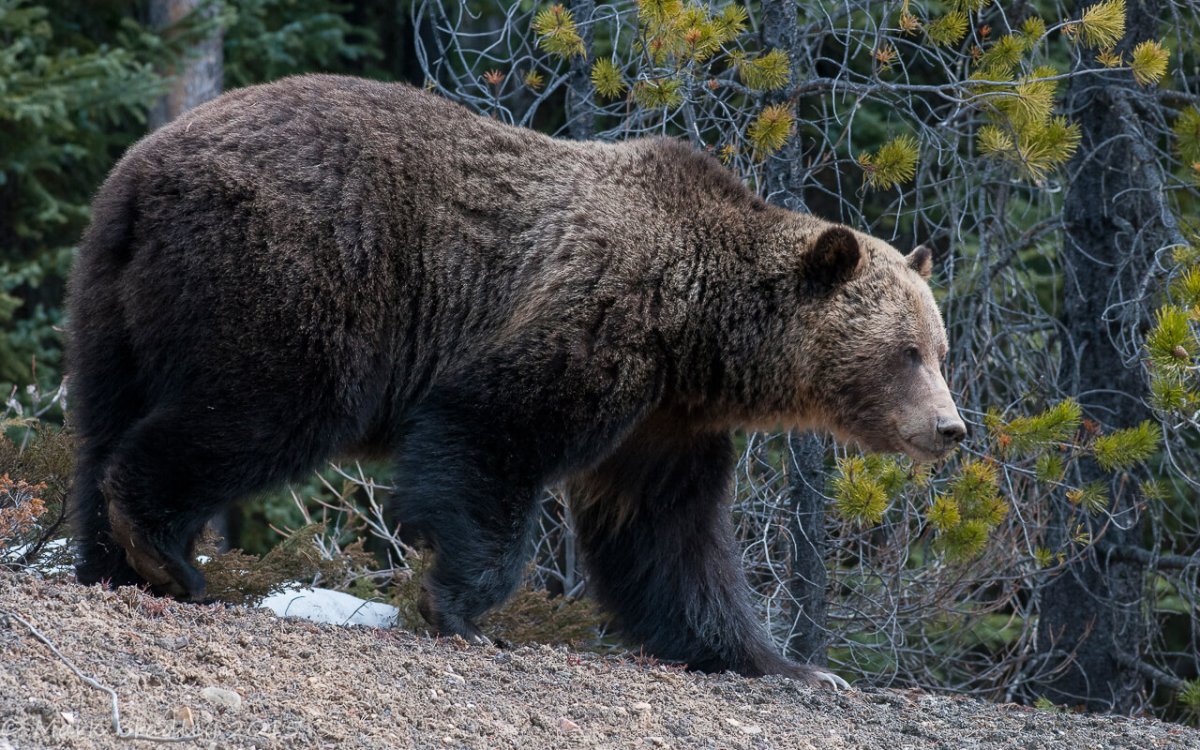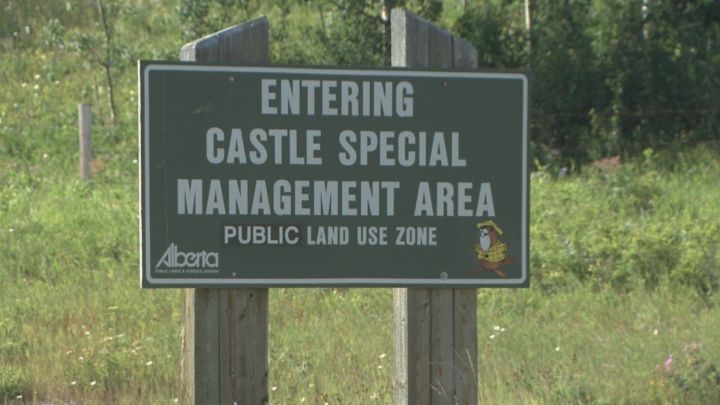Research suggests two parks proposed for the southwestern corner of Alberta are already so heavily used they’re becoming useless to the grizzly bears they are supposed to protect.

Analysis of the latest satellite imagery suggests less than half of the proposed Castle Wildland Park has enough undisturbed habitat to support the bears. Almost none of a provincial park planned for the same area has any secure habitat left, despite the region being considered a key link for grizzlies between British Columbia and Montana.
“It’s great that the government of Alberta is turning this into a special place with two parks,” said Wynet Smith of Global Forest Watch, which conducted the study. “But it’s evident from the data that there’s a lot of restoration required.”
READ MORE: Alberta government moves to protect vast Castle wilderness
The Castle-Crown wilderness is home to mountains, foothills, forests, rivers and creeks. More than 200 threatened species — from grizzlies and wolverines to bull and cutthroat trout to rare trees — live there.
It has also been logged, mined, drilled and laced with an extensive network of trails for off-road vehicles.
The area’s future has long been controversial.
Last year, the NDP government proposed a wildland park and a provincial park in the area. Resource extraction would end, but the government suggested that off-road vehicles would still be allowed — something permitted in no other provincial park.
READ MORE: Doubts raised about plan to protect Alberta wilderness area
Smith began her study to update a 2010 assessment of the region’s habitat quality. This time, she was able to use much better satellite imagery that allowed her to see objects as small as 2 1/2 metres. Aerial photography spotted features no bigger than 50 centimetres.
The improved data revealed much more disturbance than previously thought. The photography alone revealed an extra 703 kilometres of roads, seismic lines and pipeline right-of-ways. Although there are only 130 kilometres of road in the Castle wilderness, Smith found 301 kilometres of linear features that could be ridden on.
That means the wildland park area has a road density of just over one kilometre per square kilometre. The land that would be provincial park has a density of 3.5 kilometres per square kilometre.
Alberta’s threshold for bear recovery is no more than 0.75 kilometres per square kilometre.
- Ontario First Nation declares state of emergency amid skyrocketing benzene levels
- Do Canadians have an appetite for electric vehicles? Experts are divided
- Nearly 200 fossil fuel, chemical lobbyists to join plastic treaty talks in Ottawa
- More financial institutes are offering crypto-services, survey shows
Officials with the government and the Alberta Off-Highway Vehicle Association were not immediately available for comment.
The research also looked into the usable, secure bear habitat in both proposed parks.
Almost 50 per cent of the wildland park is considered to be remote enough for bears. Only 1.5 square kilometres — .005 per cent — in the proposed provincial park is productive bear habitat.
The Castle is connected to habitat in Montana and British Columbia that is home to about 1,000 grizzlies.
“You can’t manage these administrative boundaries in isolation from the ecological boundaries,” said Smith. “The Castle is an important part of that broader ecosystem.”
Both areas require extensive restoration work, she said.
“There’s trails everywhere in the front country. It needs to be managed and restored so it can play its important role in that broader ecosystem.”


Comments